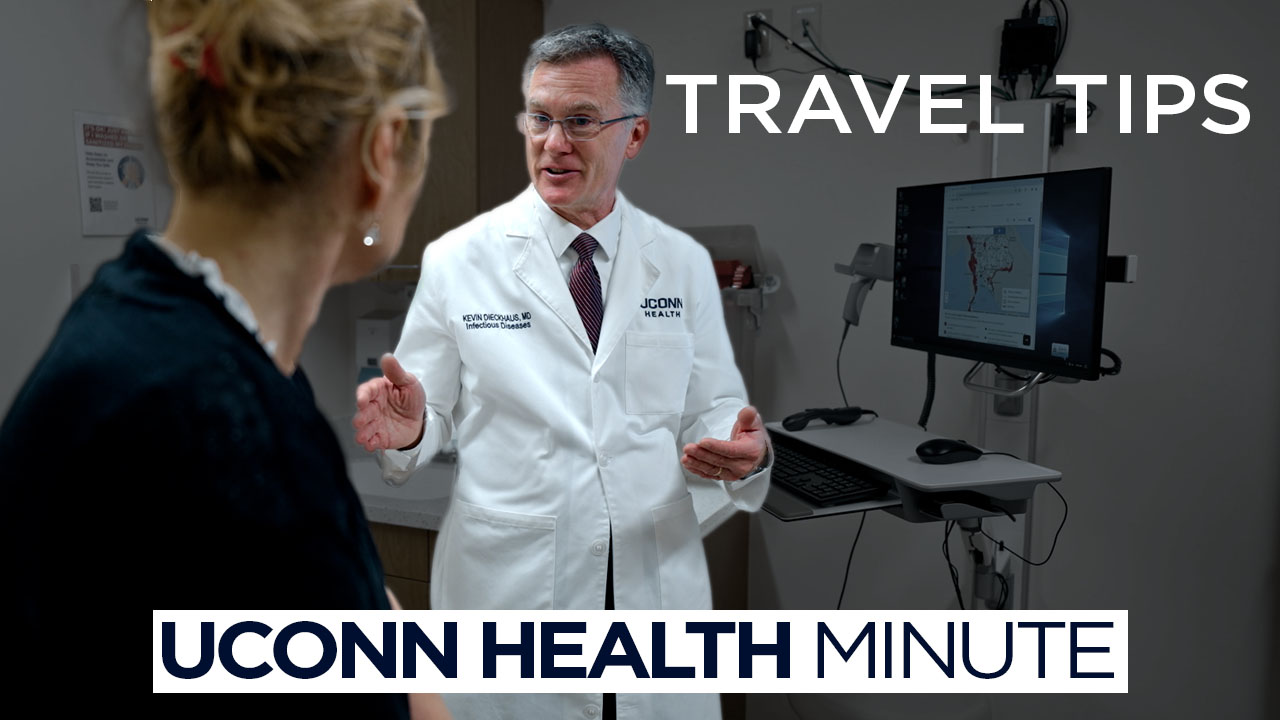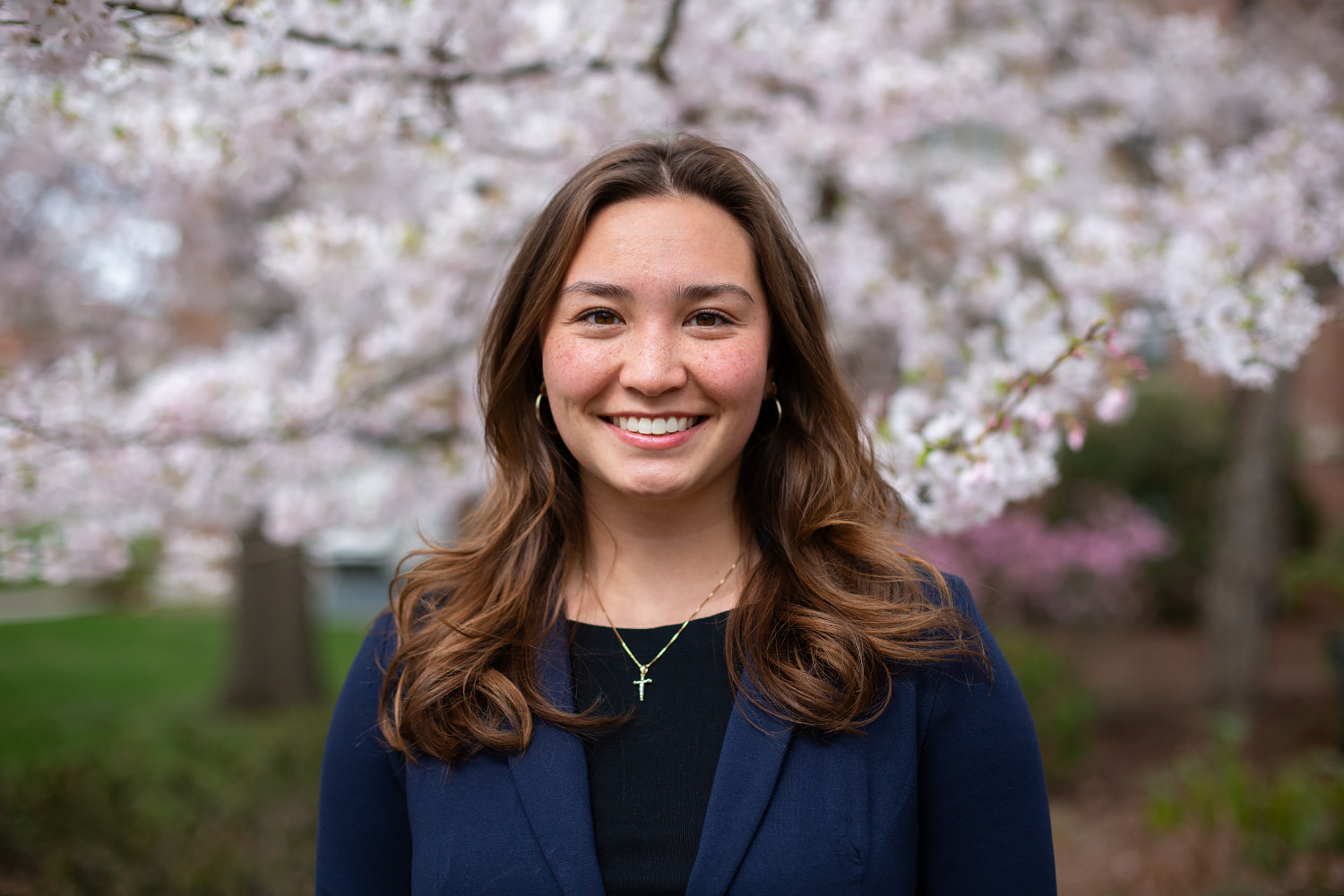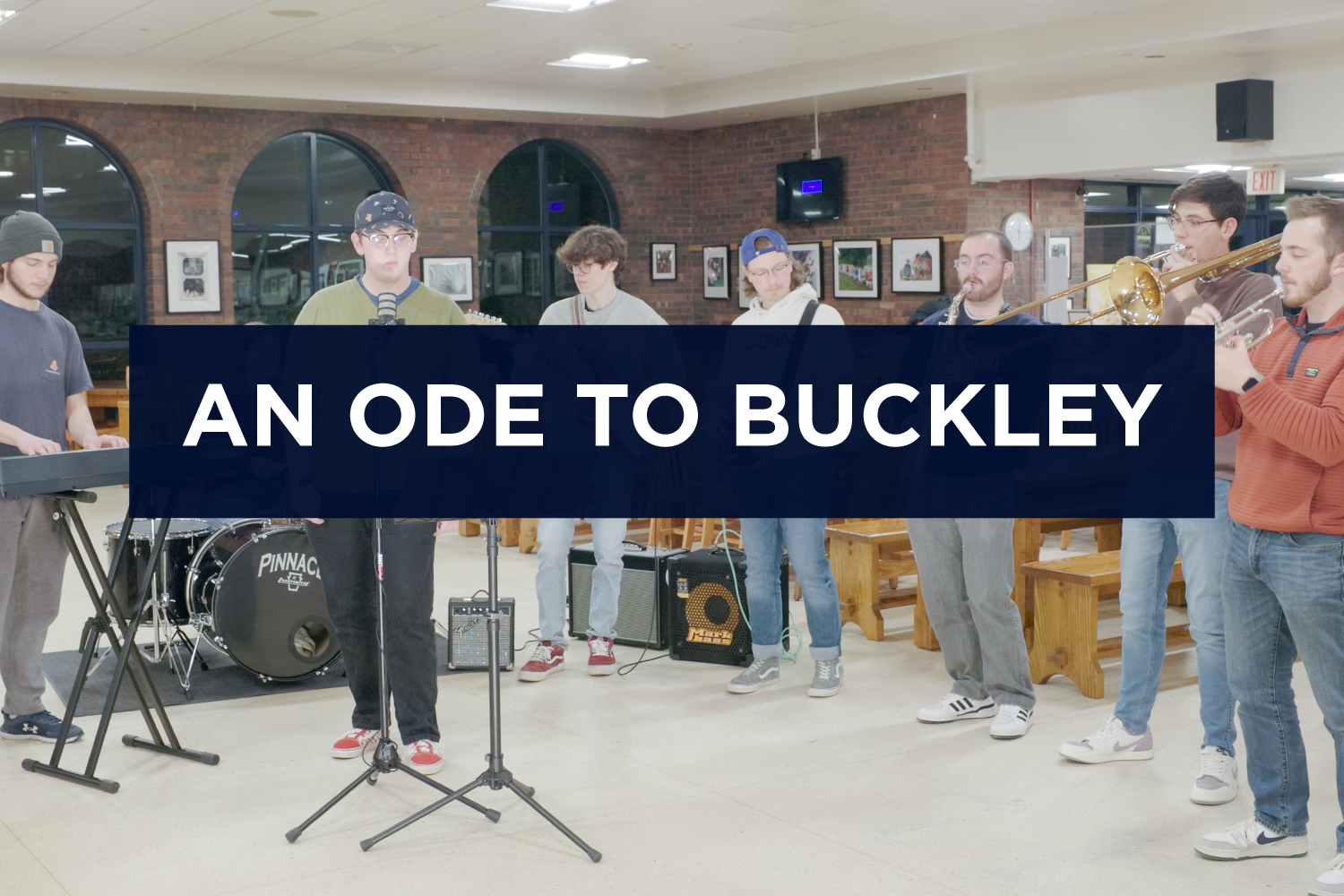Jeff Marsilio ’01 CLAS was a basketball season-ticket holder during his undergraduate days at UConn, but never thought the sport would someday be his career.
“I was an English and economics major,” says Marsilio, who is now the Senior Vice President for New Media for the National Basketball Association. “To be honest, I didn’t know what I wanted to do when I graduated. I thought to go into business and part of me thought I’d end up being a writer.”
As Marsilio pondered his options, he was intrigued to find out that David Stern, the commissioner of the NBA at the time, had a law degree. Marsilio ended up going to and graduating from the same law school as Stern did – Columbia.
“I feel like my education at UConn, even though I didn’t necessarily know where it would take me, prepared me really well for what I ended up wanting to do,” says the Guilford native.
Marsilio has been with the NBA since 2015 and his role revolves around the development of the league’s digital platforms, and how to keep fans connected through the internet, mobile devices, and other new, constantly evolving technologies.
“Digital has changed a lot in the years since I started working with it at the NBA, and our digital coverage has evolved with the times,” says Marsilio.
A new challenge came this past March, when the league suspended its season because of the COVID-19 pandemic.
“Every year we have an offseason, but this offseason came right in the middle of our season, unexpectedly, because we had to temporarily shut things down,” says Marsilio. “Our first priority was to make sure our fans were informed about all the various health issues. We came up with a content plan that leveraged our players and our partners to deliver that kind of educational information.
Adds Marsilio: “Number two was – and over time, this came more and more to the forefront – making sure we were keeping our fans engaged and entertained. Even though we didn’t have games and we weren’t distributing highlights from current games, we created content that drew on our vast archives that go back decades. We also drew on our players, who were still thinking about basketball wherever they were in the world.”
The NBA resumed its season at the end of July, but instead of playing in packed arenas around the country, the league created an isolation “bubble” in Orlando, Fla., and games are now played without any fans in attendance.
“Our focus has been to give fans at home as much a sense of being close to the action as possible,” says Marsilio, who continues to work out of New York City. “Digital makes that all possible, and we have done it in a variety of ways. My role is to manage a team of people that connect the league with the community, direct the content we create, and contribute generally to the overall strategy.”
Virtual signage and digital overlays are some of the ways the league is enhancing the ways games are shown during a broadcast.
“The game is presented in a new way to somewhat make up for the fact that we are not in a typical arena,” he says.
The social justice issues that are everywhere in the country this summer have also played a prominent role in the NBA’s return to action.
“It’s something that is very important to the league and has been part of our strategy,” says Marsilio. “It’s something that has been true of us for a long time, just now it is really at the forefront.”
Marsilio believes the way sports in consumed by people may change somewhat when the pandemic ends.
“I think sports will be as important as ever,” he says. “But, I think some of these technologies we have developed will be useful going forward and will continue to use after COVID-19 is over. There are certain technologies we had to accelerate because of the changes COVID-19 brought on, and they will continue to be useful. We are learning a lot about what is possible and what is important to fans.
“People have connected with other people in different ways during these times. They are watching things together, even if they are not together. I think we can tap more and more into that. People are feeling like they are together in some respects as they remotely watch our games.”



